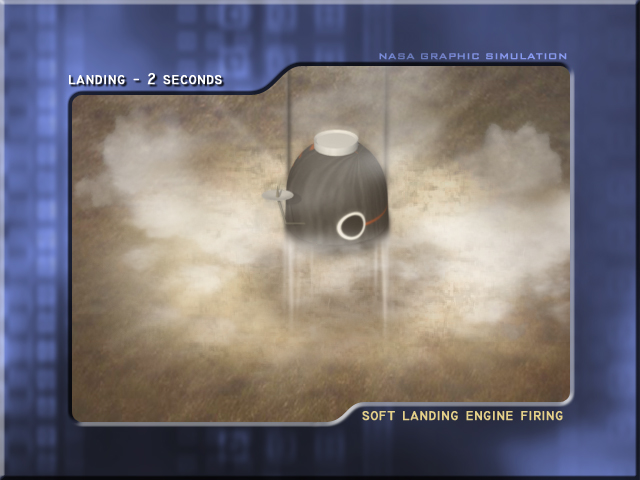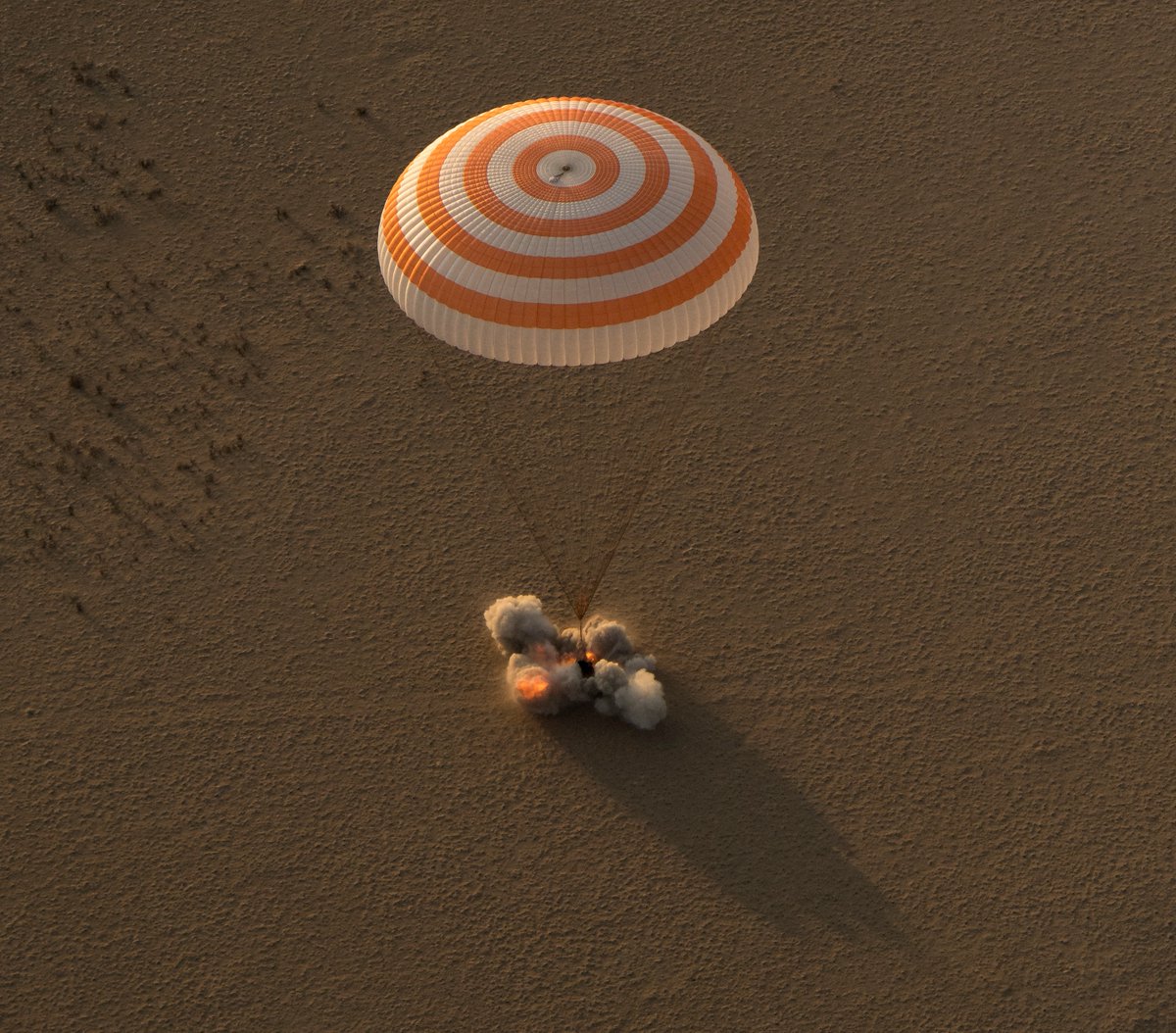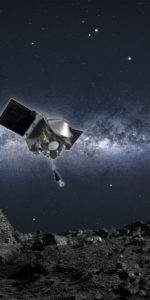
With three new residents having just arrived at the International Space Station (ISS), three others are preparing for their return to Earth next week after more than six months aboard the sprawling orbital outpost. Expedition 63 Commander Chris Cassidy and his Russian crewmates Anatoli Ivanishin and Ivan Vagner will depart the station in their Soyuz MS-16 spacecraft late on Wednesday and land on the barren steppe of central Kazakhstan, just to the southeast of the copper-mining city of Jezkazgan, to wrap up almost 196 days in space.

During their residency, Cassidy & Co. have supported hundreds of research investigations, four sessions of Extravehicular Activity (EVA) and welcomed no fewer than six visiting vehicles, including the long-awaited Demo-2 mission by Dragon Endeavour crewmen Doug Hurley and Bob Behnken.
But Cassidy, Ivanishin and Vagner have spent much of their 28 weeks in space as a three-man team. Only about ten weeks of their increment—counting two week-long handovers with the outgoing Expedition 62 and incoming Expedition 64 crews and the eight-week-long stay of Dragon Endeavour—saw the station population climb higher than three.

Current plans call for Cassidy to formally relinquish the helm of the station to Expedition 64 Commander Sergei Ryzhikov on Wednesday afternoon, with the official change of command ceremony due to be broadcast live on NASA TV at 4:15 p.m. EDT.
Shortly afterwards, the three outgoing residents will bid farewell to Ryzhikov and his crew of Sergei Kud-Sverchkov and NASA’s Kate Rubins and board Soyuz MS-16. Undocking from the space-facing (or “zenith”) port of the Poisk module is targeted for 7:32 p.m. EDT, after which Soyuz MS-16 will separate from the station at an initial rate of about 4 inches (10 cm) per second.

When it reaches a distance of about 66 feet (20 meters), a few minutes after undocking, Ivanishin will execute a roughly eight-second separation “burn” of his ship’s attitude-control thrusters to widen the gap between them. A minute or so later, a slightly longer firing of about 15 seconds will increase the distance still further and ensures that the two spacecraft do not re-rendezvous with one another on the next orbit.
Just over two hours later, flying independently now, the crew will oversee a “deorbit burn”, lasting about four minutes and 20 seconds, to commit themselves to their fiery descent back through the atmosphere, bound for touchdown on the Kazakh steppe. This burn will occur 54 minutes before the scheduled landing.

Twenty-three minutes after the burn ends, Soyuz MS-16’s unoccupied orbital module and instrument module will be discarded and the beehive-shaped descent module—housing Cassidy, Ivanishin and crewmate Ivan Vagner—will plunge, base-first, back to Earth. About 30 minutes after the burn, the descent module will commence re-entry, reaching the point of “Entry Interface” at an altitude of 400,000 feet (122 km).
This will mark the onset of the most significant aerodynamic heating on the spacecraft as it sheds much of its orbital velocity against the steadily thickening air and temperatures on Soyuz MS-16’s base heat shield climb as high as 1,500 degrees Celsius (2,700 degrees Fahrenheit).

Having by this stage endured the worst of the re-entry heating, at 15 minutes before landing and an altitude of about 6.2 miles (10 km), Soyuz MS-16’s parachutes will be automatically commanded to initiate deployment. A pair of pilot canopies will pull out the drogue chute, whose purpose is to gradually slow the descent module from over 500 mph (800 km/h) to a more stately 180 mph (290 km/h). Next, the main parachute will unfurl to 10,700 square feet (1,000 square meters) and bring this rate down to about 16.4 mph (26.4 km/h).
In the final moments before Cassidy & Co. return to terra firma for the first time in over six months, the base heat shield will be jettisoned to expose six solid-fueled rocket motors. These will ignite—in somewhat disconcerting view, for it occurs right before touchdown and creates the impression an explosion—to slow Soyuz MS-16 to just 3.4 mph (5.4 km/h) for touchdown. Landing in the arid central uplands of Kazakhstan is targeted for 8:55 a.m. local time on 22 October (10:55 p.m. EDT on the 21st), at a spot just to the southeast of the copper-mining city of Jezkazgan.

With an on-time landing, Soyuz MS-16 will return to Earth after 196 days, 18 hours and 50 minutes in flight, having traveled 83 million miles (133.5 million km) and completed more than 3,100 orbits of Earth. Counting his time in space on Expedition 63, and his two previous missions to the ISS and aboard the shuttle, Cassidy will rack up a cumulative total of almost 378 days away from Earth.
This will put him in fifth place on the list of the most experienced American astronauts, sitting just ahead of Mike Foale and behind Mike Fincke, Scott Kelly, Jeff Williams and all-time U.S. endurance record-holder Peggy Whitson. Having performed no fewer than four sessions of Extravehicular Activity during Expedition 63, Cassidy now has a career total of ten spacewalks and 54 hours and 51 minutes of EVA time, making him the world’s ninth (and the United States’ sixth) most experienced spacewalker.

His crewmates, too, have tallied up their own impressive records. First-time flyer Vagner wraps up more than a half-year in space on the “rookie” mission of his cosmonaut career, whilst Ivanishin closes out his third long-duration ISS increment.
Having previously spent five months in orbit in November 2011-April 2012 and commanded Expedition 49 in the late summer and early fall of 2016—alongside crewmate Kate Rubins—Ivanishin will log more than 476 cumulative days in space. This will establish him inside the Top 25 most experienced spacefarers of all time, the vast majority of whom are fellow Russian (and former Soviet) cosmonauts.





